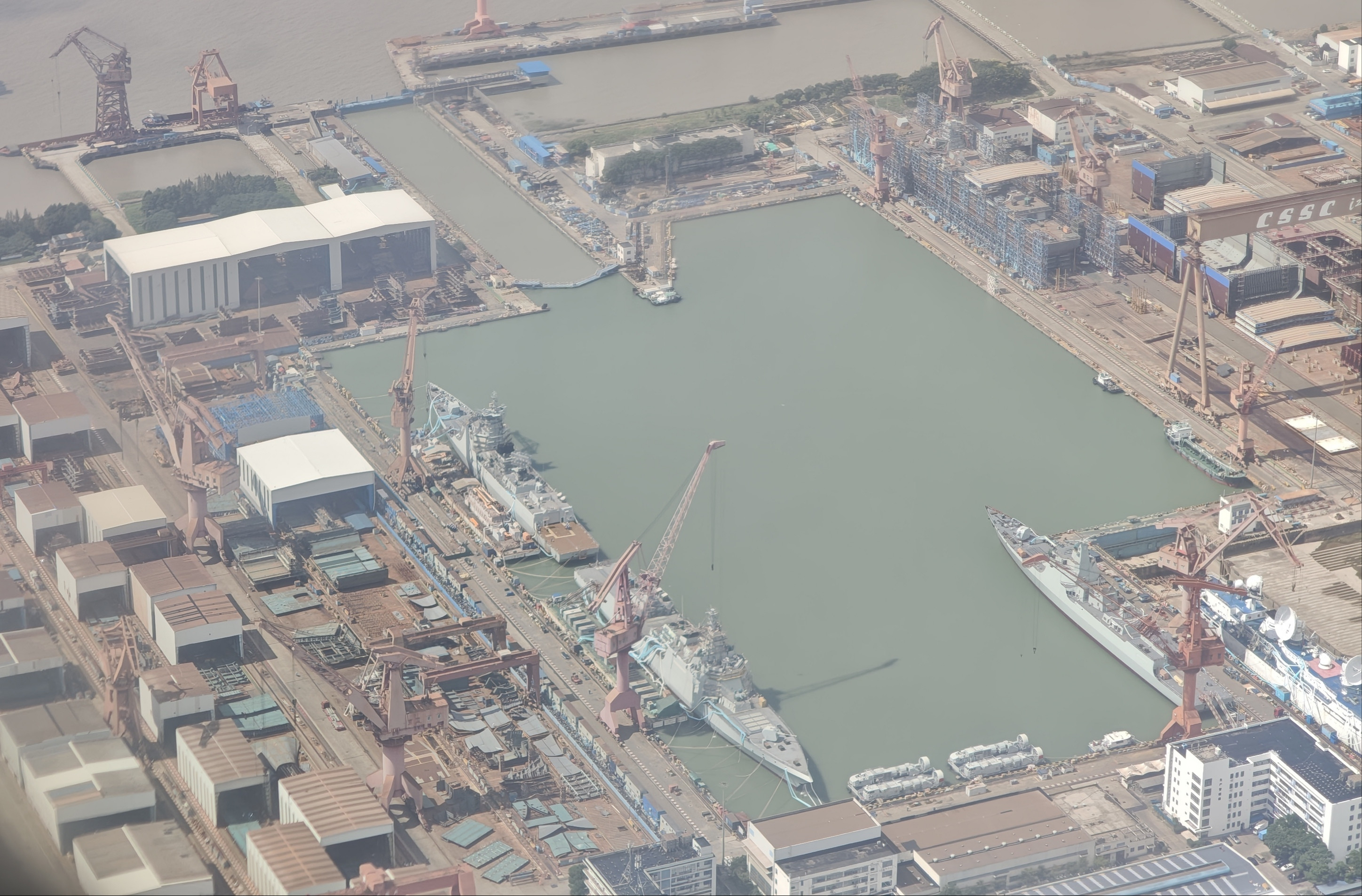Yeah the reason that at sea reloading hasn't been pursued and adopted at scale isn't because you're missing something that makes it not a useful capability. As you say it is very much a useful capability and if it were magically available with no issues then everybody would be lining up for it. The problem isn't that it's not a useful capability, the problem is technical. Essentially it's an engineering problem, it's just too difficult to actually manage the reloads quickly, reliably, and with low logistical footprint. This leads to it being a mostly unreliable boondoggle and not a capability you can trust in a high intensity war when you really need it.Tbh I'm not sure why it's often spoken of this way when it seems a rather decisive capability to me, if realized. Given that if a fleet has to contend against even a single large AShM salvo (the kind US airpower can easily generate), depleting nearly all their interceptors, or similarly participate in a large strike salvo, those vessels would be almost combat ineffective until they return to port to rearm. Being able to do so immediately at sea instead would be no small advantage.
You are using an out of date browser. It may not display this or other websites correctly.
You should upgrade or use an alternative browser.
You should upgrade or use an alternative browser.
055 Large Destroyer Thread II
- Thread starter Blitzo
- Start date
FriedRiceNSpice
Major
The reload missiles wont simply teleport to your naval task force. You will need to allocate a proportion of your naval assets to deliver them where are needed. The more assets you have assigned to missile delivery, the less assets you have available for other missions.Tbh I'm not sure why it's often spoken of this way when it seems a rather decisive capability to me, if realized. Given that if a fleet has to contend against even a single large AShM salvo (the kind US airpower can easily generate), depleting nearly all their interceptors, or similarly participate in a large strike salvo, those vessels would be almost combat ineffective until they return to port to rearm. Being able to do so immediately at sea instead would be no small advantage.
It would also be a rather decisive capability to have anti-missile lasers on all 6th generation fighter jets, giving the jets active defense against what would have been a fatal SAM or AAM salvo (the kind a US carrier strike group can easily generate).Tbh I'm not sure why it's often spoken of this way when it seems a rather decisive capability to me, if realized. Given that if a fleet has to contend against even a single large AShM salvo (the kind US airpower can easily generate), depleting nearly all their interceptors, or similarly participate in a large strike salvo, those vessels would be almost combat ineffective until they return to port to rearm. Being able to do so immediately at sea instead would be no small advantage.
That would be awesome, but it's just hard to make work. The energy requirements in this scenario, and the logistical requirements in yours.
Aircraft carriers can receive bombs, bullets, missiles or whatever necessary munitions at sea with Underway replenishment. Because of this capability, there was no real pressing need to develop reloading at sea for destroyers.Yeah the reason that at sea reloading hasn't been pursued and adopted at scale isn't because you're missing something that makes it not a useful capability. As you say it is very much a useful capability and if it were magically available with no issues then everybody would be lining up for it. The problem isn't that it's not a useful capability, the problem is technical. Essentially it's an engineering problem, it's just too difficult to actually manage the reloads quickly, reliably, and with low logistical footprint. This leads to it being a mostly unreliable boondoggle and not a capability you can trust in a high intensity war when you really need it.
Furthermore most of the firepower capacity of the entire US navy is concentrated in its aircraft carriers. Taking a wild guess let's say 75% Since the US navy already has "reloading at sea" capability for 75% of its firepower capacity that's good enough.
It is true that comparatively USN concentrates much more of its offensive strike power in its carriers. However that's for offense. USN, just like other navies, relies heavily on destroyers to provide area air defense for its carriers. So a USN CVN sailing alone could have 75% of the offensive strike capability (using your guesstimate) of its carrier task force but it would absolutely not have 75% of the defensive capability of its task force. In fact it would be extremely vulnerable, this is why carrier task forces exist.Aircraft carriers can receive bombs, bullets, missiles or whatever necessary munitions at sea with Underway replenishment. Because of this capability, there was no real pressing need to develop reloading at sea for destroyers.
Furthermore most of the firepower capacity of the entire US navy is concentrated in its aircraft carriers. Taking a wild guess let's say 75% Since the US navy already has "reloading at sea" capability for 75% of its firepower capacity that's good enough.
If PLAN conducts a saturation missile attack on a USN CVN task force then a large portion of the destroyer VLS missiles would be used to intercept those missiles. This is where at sea reloading of VLS could help a lot as without it that task force has to sail back to base to reload, possibly taking weeks, or be unacceptably vulnerable to a follow up missile attack.
PeoplesPoster
Junior Member
Latest photo of Jiangnan yard, showing 2 x 055s and 2 x 053Ds in the works.


Latest photo of Jiangnan yard, showing 2 x 055s and 2 x 053Ds in the works.

Slight correction - There are no 053Ds, only 052Ds.




